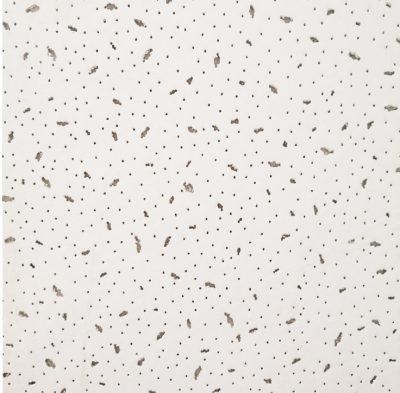





| Item | Acoustic Ceiling Tiles |
| Size | Various sizes available (e.g., 2’x2′, 2’x4′) |
| Thickness | Typically ranges from 0.5″ to 1″ |
| Weight | Varies depending on size and material |
| Material | Mineral fiber, fiberglass, foam, etc. |
| NRC Rating | Noise Reduction Coefficient |
| Fire Rating | Class A, Class B, Class C |
| Edge Detail | Square, beveled, tegular, reveal |
| Surface Finish | Smooth, textured, patterned |
| Installation | Drop-in, glue-up, suspended grid |
| Sustainability | Recycled content, LEED certification |
Acoustic ceiling tiles are essential components of modern interior design, renowned for their ability to enhance sound quality and control noise levels within a space. Comprised of various materials such as mineral fiber, fiberglass, or foam, these tiles are engineered to absorb sound waves, reducing reverberation and creating a more comfortable acoustic environment.
One of the primary functions of acoustic ceiling tiles is noise reduction. By absorbing sound energy, they mitigate echoes and control noise transmission between rooms, making them ideal for offices, classrooms, healthcare facilities, and commercial spaces where speech intelligibility and concentration are paramount.
Aside from their acoustic properties, these tiles also contribute to aesthetic appeal and functionality. Available in a range of sizes, thicknesses, and surface finishes, they can seamlessly integrate with any interior design scheme. Additionally, acoustic ceiling tiles often come with fire-resistant properties, enhancing safety in buildings.
Installation is straightforward, with options for drop-in, glue-up, or suspended grid systems, allowing for flexibility in design and maintenance. Moreover, many acoustic ceiling tiles incorporate sustainable features, such as recycled content and LEED certification, aligning with environmental objectives.
Overall, acoustic ceiling tiles offer a versatile solution for improving acoustics, enhancing aesthetics, and promoting occupant well-being in diverse indoor environments.






